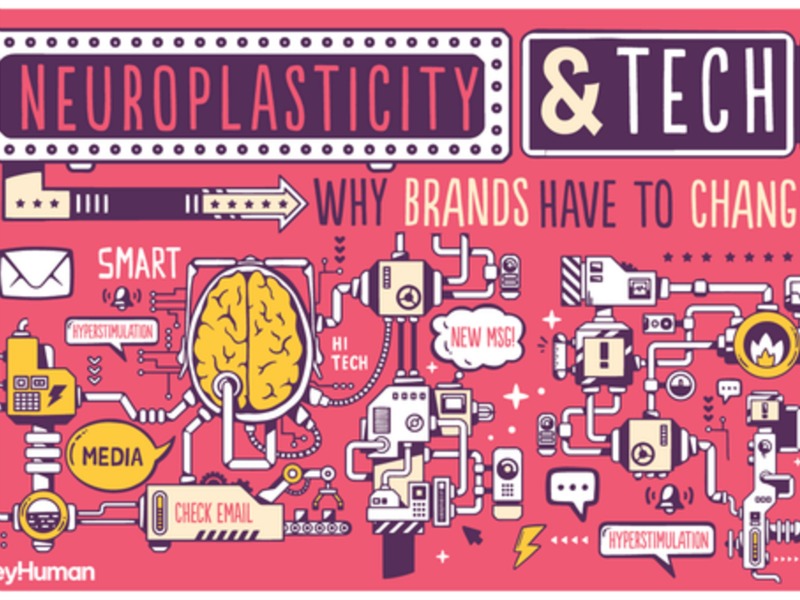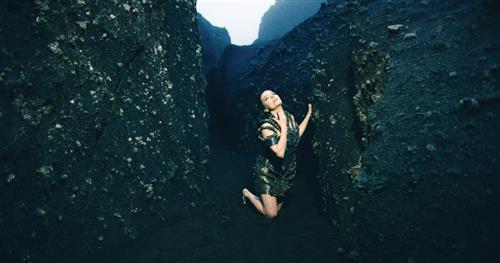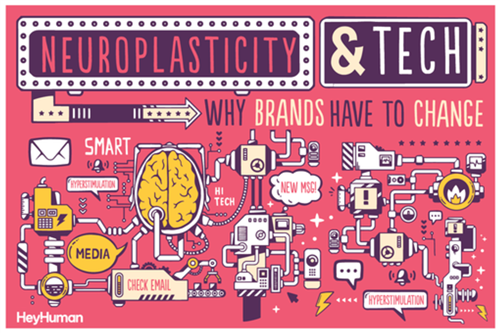Hill+Knowlton Strategies 15 Mar 2015 // 5:30PM GMT

The first SXSW keynote was probably a step away from the usual for a lot of the SXSW crowd.
Paola Antonelli joined The Museum of Modern Art in 1994 and is a Senior Curator in the Department of Architecture & Design, as well as MoMA’s founding Director of Research & Development. The interactive Bjork installation currently on at MoMA is proof of the interconnectivity between digital and design, but still, her background is more culture than tech.

A still from Bjork's Black Lake, commissioned by MoMA
She was tasked with no small feat; talk about the way in which one of design's most fundamental tasks is to help people deal with change.
Her approach was refreshing. None of the high-brow frills and over-intellectual language you might expect from a woman who’s been voted one of the top 100 most influential women in art & design (though, listed at 98, she was quick to point out). She instead just presented a highly intelligent – and witty – perspective on the spaces ‘inbetween’ disciplines, or quantum design.
For marketers, this would be the golden egg often referred to as ‘integration’ – for designers and artists alike, it’s an everyday reality.
What was most interesting about this keynote was that it came a few hours after HeyHuman’s session on Neuroplasticity and Tech: Why Brands Have to Change.

Their point was a similar one to Paola’s. While her's was that we no longer view things in singular disciplines, their's looked at the effect this near-overwhelming amount of data, content and experiences has had on people’s abilities to remember things.
HeyHuman used some great data (all viewable on the #neurobrand hashtag) to show that the Internet, social media and mobile has overwhelmed us all with information, and as such, when we think we’re multi-tasking, we’re actually just task switching. The effect this has on our brain is that we have weaker longer-term memories, and less ability to remember or recall things (like ads).
As such, marketers should be ‘information architects’ for consumers, and make communications simple for them again.

Antonelli’s take is that the ambiguity or merging of disciplines from a design perspective allows for greater creative innovation that can have fundamental influences on society, culture and more. But that makes sense, because marketing and design often have different motivations, and outputs. It’s just fascinating to see the two sides presented from very different perspectives.
The other HUGE takeaway from her keynote came when Antonelli started talking about artists wanting to be ‘useful’ to society. I, and the industry as a whole, have talked about the trend for social good growing and growing in pace. But so many of these examples are just fantastic business ideas, that grow out of that desire, rather than marketing-led initiatives that attempt to capitalise on the trends.
It left me feeling that while most marketers crave that sense of belonging or being part of a project or initiative that ‘changes the world’ – sometimes it’s not our place to.
My point is one of appropriateness here. We’d have fewer initiatives created for marketing value, under a thin veil of ‘social good’, if we remembered this.

Vikki Chowney is director of content and publishing strategies at H+K Strategies UK.


































.jpg)


.png)
.jpg)











